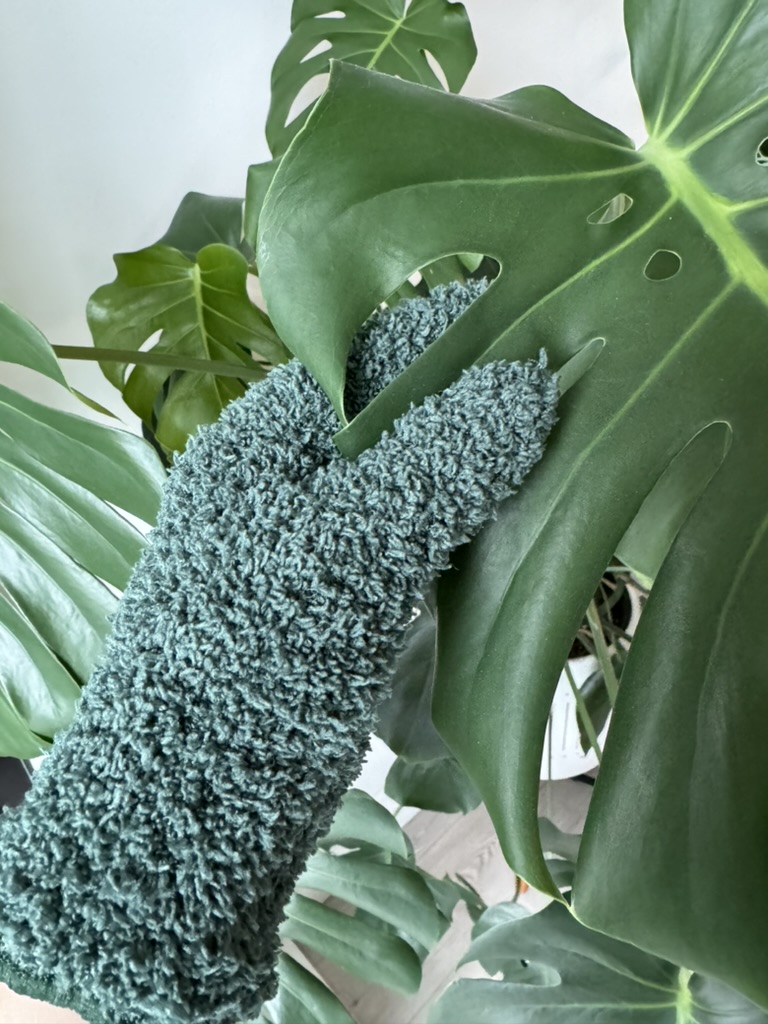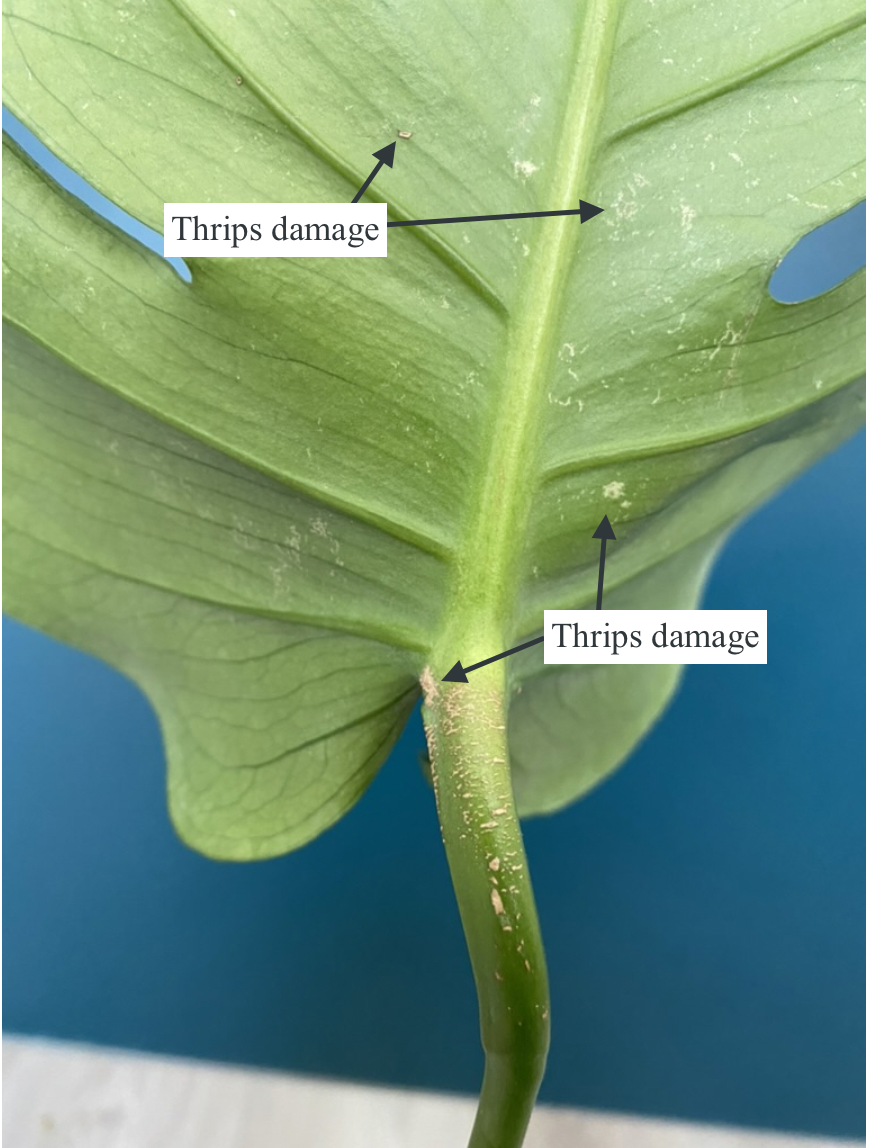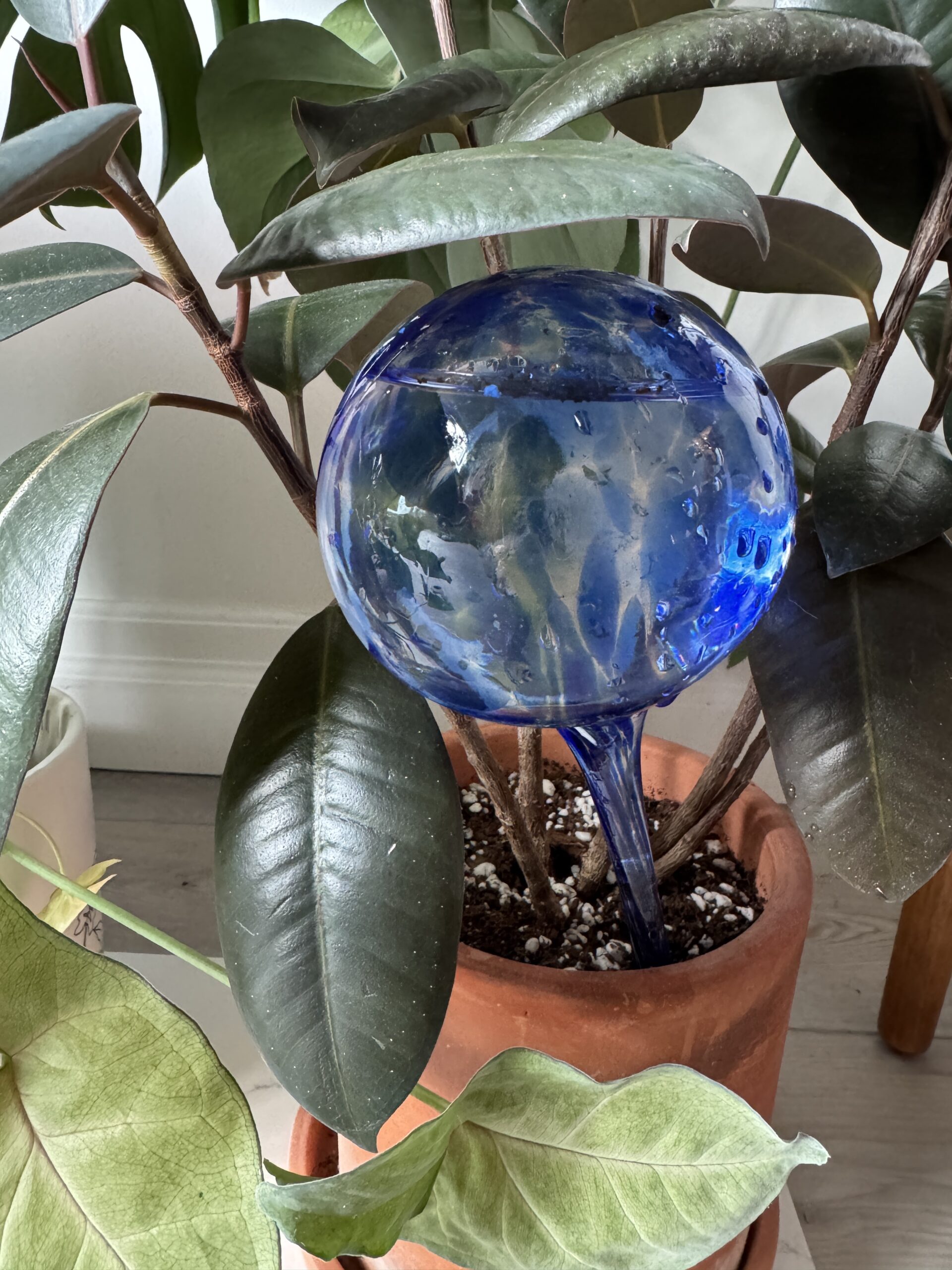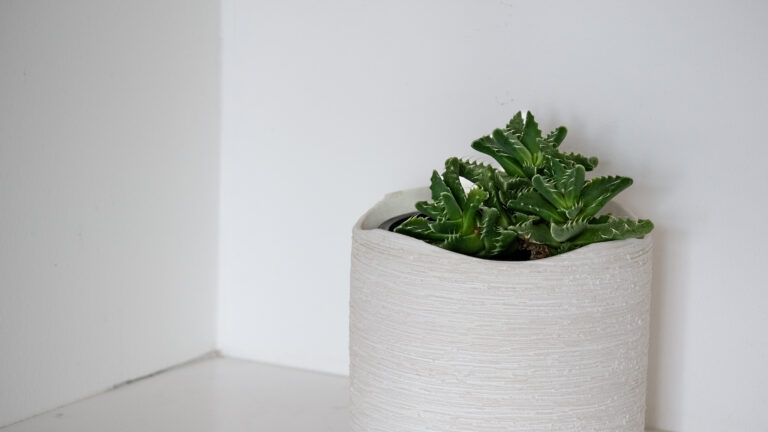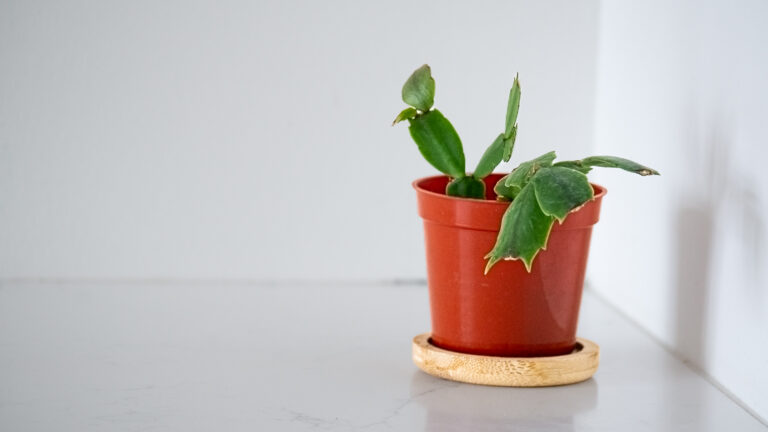Alocasia Purple Sword or Alocasia Lauterbachiana is a member of the Araceae family. The Alocasia Purple Sword is a rare cultivar named after the German botanist, Carl Lauterbach who collected specimens of the plant in Borneo in the early 1900s. Alocasia Lauterbachiana was first described by the german botanist Heinrich Gustav Adolf Engler in 1905.
Alocasia Purple Sword at a glance.
🪴 Appearance
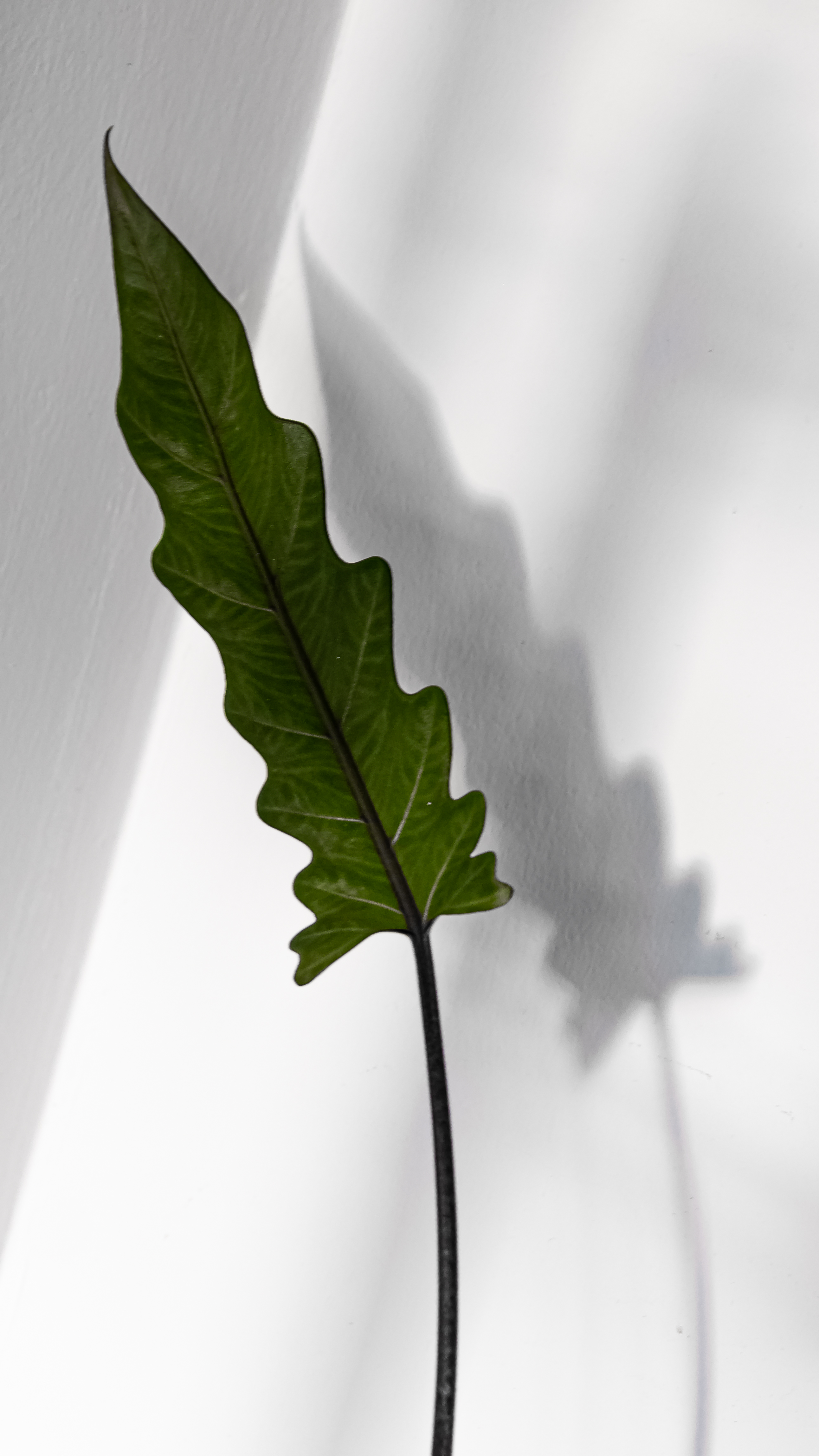
The Alocasia Lauterbachiana or Alocasia Purple Sword foliage is shaped similar to arrowheads or sword. The front side of the leaf is green, and the underside is purple. The stem is a dark purple similar to the underside of the leaf.
The beautiful foliage of the Alocasia Purple Sword is one of the reasons this plant is sought after by collectors.
☀️ How Much Light Does Alocasia Purple Sword Need?
Alocasia Purple Sword thrives in bright, indirect, medium-bright light. In the wild, Alocasia Purple Sword grows under the canopy of trees and receives filtered sunlight. In comparison to some other Alocasia species, it can tolerate lower light levels.
At home, this Alocasia thrive in bright, east or west-facing windows. They require indirect light for several hours a day. Direct sunlight can cause damage to the leaves.
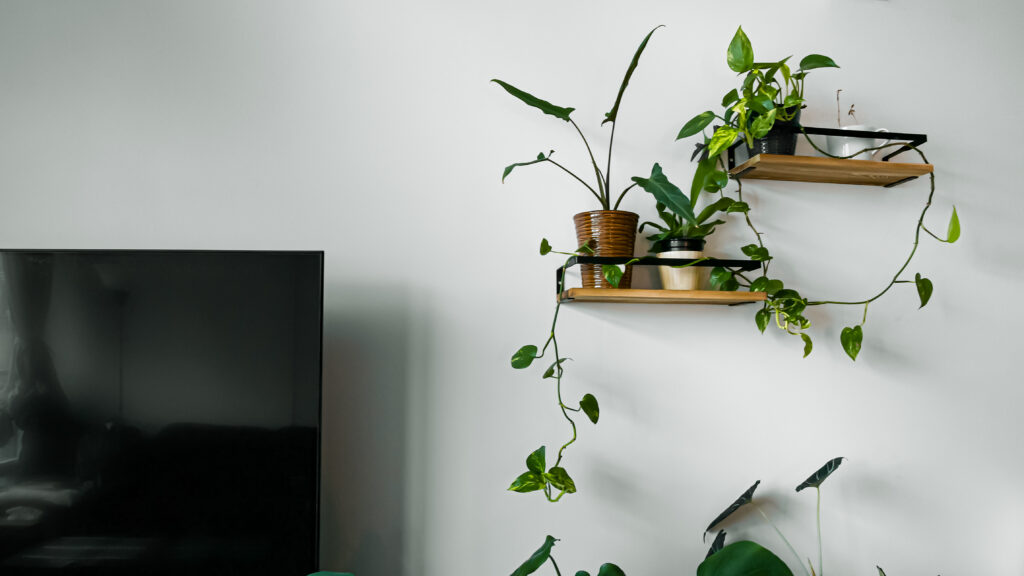
🌡️ Temperature & Humidity 🌫️
Alocasia Purple Sword like temperatures between 15-30 degrees celsius, and high humidity (60%).
When thinking about humidity, you can think about where the plant is native to and where it grows. Is it in a rainforest with high humidity? If yes, you will likely need a humidifier, and to set it somewhere between 40 and 60 humidity. I use two Levoit humidifiers on opposite sides of my apartment: the Levoit Hybrid Ultrasonic Humidifier (LV600HH) and Levoit Bedroom Humidifier. This allows me to set my preferred humidity level, and read the display so I know how humid my apartment is at all times. A moisture meter is also helpful for this.
🌱 Growth
Like other alocasias, the new leaves of the Alocasia Purple Sword grow in a petiole, from the centre of the base of the plant. The petiole for the Alocasia Purple Sword is dark purple. It grows up straight, with a curled leaf, and slowly opens itself up to the sun.
The foliage will be a lighter green in the front and a deeper purple in the back. Overtime the purple on the underside of the leaf fades.
Alocasia Purple Sword can grow up to 3 feet. The leaves can grow to 18 inches in length and 12 inches in width.
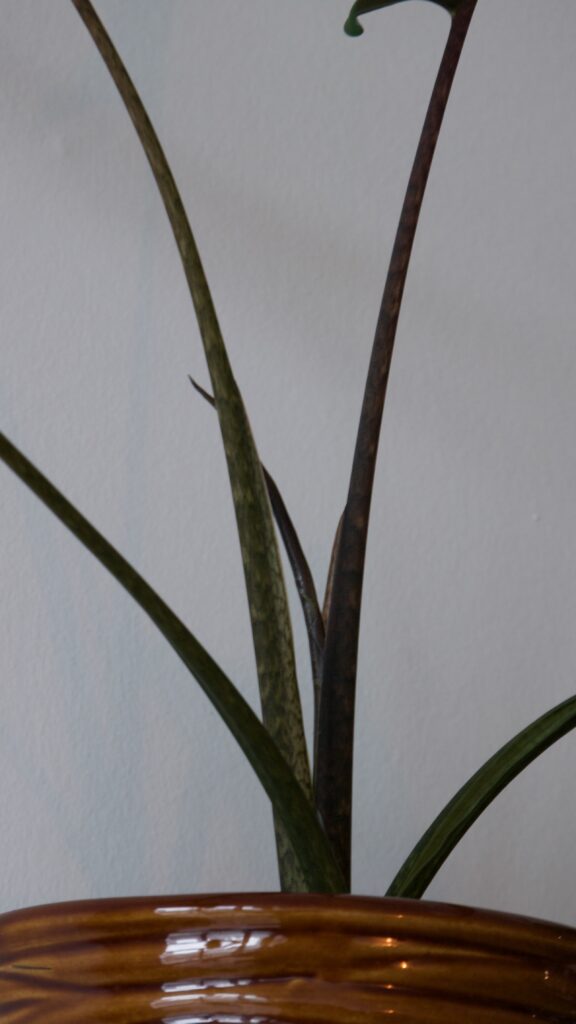
🌸 Does Alocasia Purple Sword Bloom?
Alocasia Purple Sword can bloom, but it would direct its energy to the flower instead of new foliage. If you want new foliage, you can prune the bloom. It will only bloom when it reaches maturity, which can take several years.
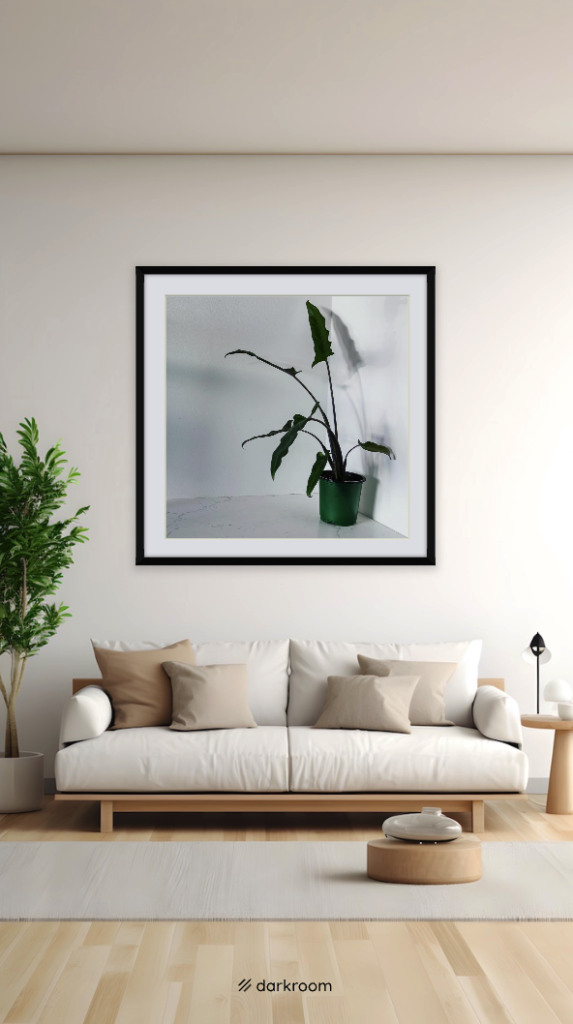
✂️ Propagation
Propagation is done by corms. Sometimes new plants may emerge from the soil (grown from a corm), but most of the time you will find the corms near the roots of the plant. You will have to detangle the corms from the roots and place them in a bit of a humidity chamber or prop box. I just used a glass tupperware container with a lid and a bit of water, filled up half of the height of the corms. It is important to change the water every now and then to avoid algae buildup and molding.
If you used the humidity chamber method, once roots have grown you can pot the corm in soil. I personally wait until I see a petiole to be sure and then pot that in a well draining soil.
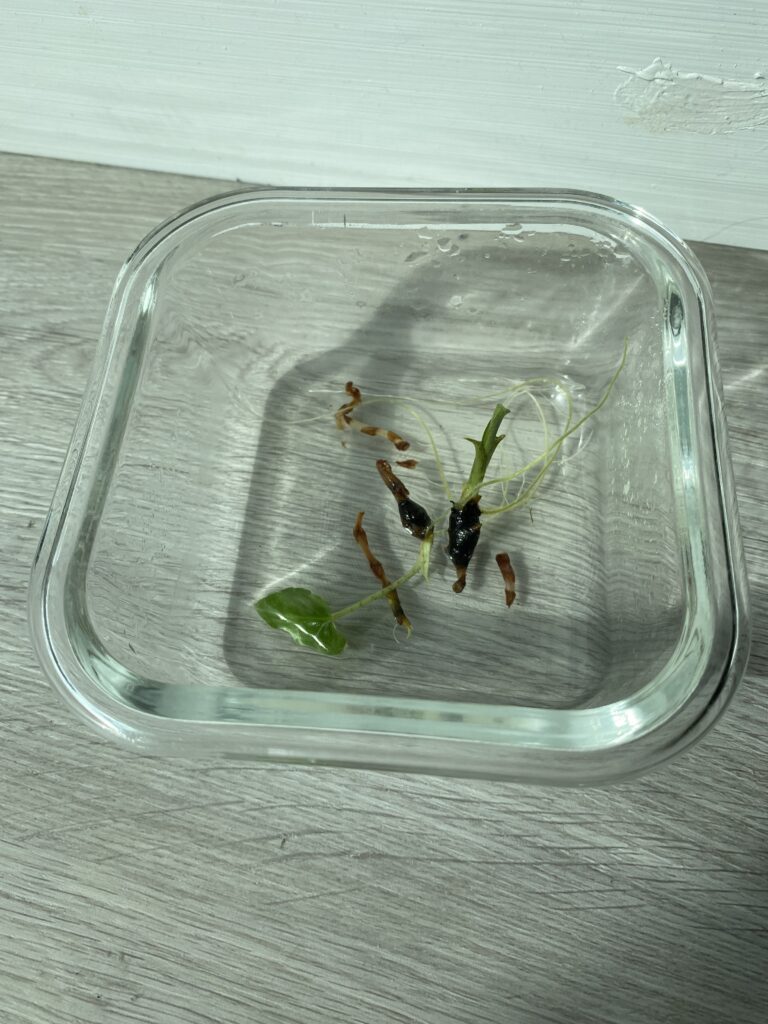
💧 How to Water Alocasia Purple Sword
When the top half of the soil is dry. I typically bottom water this plant through the drainage hole of the pot on a tray. It’s the easiest way to know if your plant is thirsty or not. Overwatering can lead to fungus gnats, root rot, or the death of your plant.
You can top water, but it’s best to do so in a pot with drainage until water is flowing out of the hole. If your pot doesn’t have drainage, you might accidentally drown your plant or make some fungus gnats very happy.
You should top water from time to time to make sure any built up minerals can wash through the plant. The water should drip out of the bottom of your drainage hole.
🪳 Pests & Problems 😔
- Spider Mites: If you see webbing or or signs of damage on my leaves, spider mites may have taken to your plant. I spray the plant with a mixture of neem oil, dish soap and water. I repeat this about once or twice a week (depending on the severity of infestation) for about a month. It’s also good to do this preventatively once a month or so. Learn how to eradicate Spider Mites.
- Drooping Leaves: Your plant is likely thirsty. Just give it a little water and it should be as good as new.
- Yellowing Leaves: If you have a new leaf coming in, your plant is likely fine. Plants pull energy from older leaves to support new growth. But it can also indicate over- or under- watering or lighting issues.
- Mealy Bugs: these look like little white cotton balls on the plant. You can remove these with your fingers if you catch them early enough, but I would use a cotton swab with a drop of Isopropyl alcohol and try to scrape them off the stem.
- Fungus gnats: Spray the plant with a mixture of neem oil, dish soap and water. I also let the soil dry out and add dryer sheets on top of the soil so the gnats can’t sense the moisture on the soil.
- Thrips: these are little, dark bugs that look like dirt. They suck the life out of the leaves, and lay eggs within the tissue of the leaf. As they age, they can grow wings and infect other plants. I spray the plant with a mixture of neem oil, dish soap and water. I repeat this every few days to try and get both the pest and the eggs. Sometimes I just chop the affected leaf since they are hard to eradicate. Complete guide on how to get rid of thrips.
☢️ Toxic?
The Alocasia Purple Sword is toxic to humans and pets if ingested as it contains calcium oxalate crystals. These crystals can cause swelling and irritation of the mouth, throat and digestive system if eaten. Some individuals are even allergic to the sap or juice of the plant, causing skin irritation.
Alocasia Purple Sword Quick Care Guide
| Scientific Name | Alocasia Lauterbachiana |
| Nickname | Alocasia Purple Sword |
| Origins | Borneo |
| Light | Bright, indirect, medium-light |
| Temperature | 15-30 degrees celsius |
| Humidity | High humidity (60-80%) |
| Height | Up to 3ft |
| Blooms | Yes |
| Propagate | Corms |
| Water Frequency | When half-dry (likely once a week) |
| Pests | Spider Mites, Thrips, Mealy Bugs, Fungus Gnats |
| Common Problems | Overwatering, Underwatering, Yellowing Leaves, No Leaves, |
| Toxicity | Moderate (not safe when ingested) |

